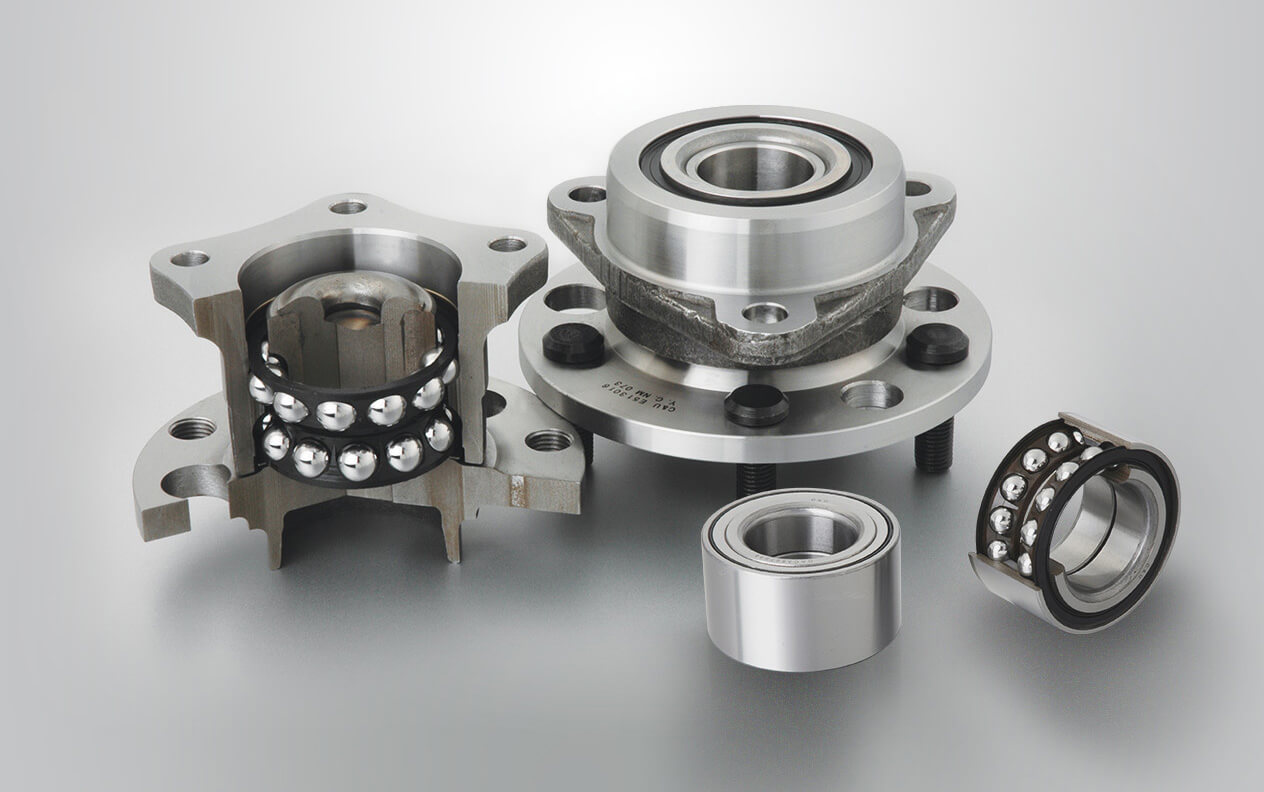Introduction
Automotive manufacturing is vast, intricate, and constantly evolving, driven by consumer demand and technological advancements.
Among the myriad considerations that go into producing a vehicle’s components, understanding the behavior of materials under varying conditions is crucial.
This article examines thermal expansion – a phenomenon that, while not always front and center, has profound implications for the manufacturing and durability of wheel-bearing materials.
1. Thermal Expansion: An Essential Science for Automotive Manufacturers
The Basics: Thermal expansion occurs when matter changes shape, area, and volume due to temperature variations.
As heat is applied, materials expand; conversely, they contract when cooled.
Why Wheel Bearings are Affected: Wheel bearings, pivotal to a vehicle’s movement, undergo constant temperature changes.
Their exposure to friction-induced heat and varying ambient conditions means they are perennially subjected to thermal expansion and contraction.
This dynamic underlines the need for materials to handle such flux without compromise.
2. Material Behavior under Thermal Expansion: A Comparative View
Steel Bearings: A cornerstone of the wheel bearing industry, steel has a stable thermal expansion rate.
Its durability, even under high-heat scenarios, makes it an industry favorite.
Aluminum and Alloys: Lightweight and efficient, aluminum expands nearly twice as much as steel under the same temperature increments.
While its weight advantage is significant in automotive design, its thermal behavior needs special attention in wheel-bearing applications.
Ceramic Bearings: Ceramics are making their mark thanks to their lower thermal expansion rates and the ability to withstand high temperatures.
They are becoming the material of choice for performance-driven applications.
3. Implications for Production and Design
Strategic Material Selection: Production units prioritize materials based on thermal behavior, ensuring that wheel bearings retain functionality across a wide temperature range.
Designing for Durability: The design phase is vital. Bearings must be crafted precisely for thermal expansion, ensuring optimal performance and reduced wear and tear.
Manufacturing with the End in Mind: With a clear understanding of how thermal expansion influences a bearing’s life cycle, manufacturing processes are optimized for longevity and resilience.
4. Leveraging Modern Technologies to Address Challenges
As technology paves the way for innovative solutions, the wheel bearing industry isn’t lagging:
Hybrid Material Innovations: Combining the strengths of different materials, hybrids offer both durability and resilience against thermal expansion.
Adopting Data-Driven Design: Leveraging data analytics, manufacturers can predict thermal behaviors more accurately, resulting in better, more reliable wheel bearing designs.
Commitment to Continuous Testing: The key to progress is iterative testing. Modern facilities are equipped to test wheel bearings under varied thermal conditions, ensuring real-world reliability.
5. The Future Landscape: Electric Vehicles (EVs) and Thermal Dynamics
With EVs reshaping automotive paradigms, the wheel bearing industry must adapt:
Meeting New Thermal Challenges: EV propulsion introduces distinct thermal patterns, significantly influencing wheel bearing considerations.
Innovation in Materials: As EV adoption grows, we’ll likely see new material compositions optimized for electric vehicles’ unique thermal challenges emerge.
6. The Influence of Technology on Material Selection and Testing
Digital Twinning and Simulation: In the digital age, the actual testing of materials can be supplemented by virtual simulations.
Engineers can use sophisticated software to create digital replicas of wheel bearings and test their behavior under different temperature scenarios.
This speeds up the research and development phase and significantly reduces costs by identifying potential design flaws before they enter production.
AI and Predictive Analytics: Advanced analytics powered by Artificial Intelligence can provide insights into the long-term behavior of materials.
This can guide the selection process, ensuring manufacturers opt for materials with the most favorable thermal expansion coefficients.
Predictive analytics can also forecast when a particular wheel bearing might fail, allowing for preventive maintenance and ensuring longevity.
3D Printing and Rapid Prototyping: The advent of 3D printing in the manufacturing sector enables quick and cost-effective prototyping.
When testing materials for thermal expansion, manufacturers can produce a small batch of wheel bearings with different materials, rapidly accelerating the testing phase and leading to quicker innovations in material selection.
7. Marketing Implications of Thermal Expansion Knowledge
Educating the Consumers: In a highly competitive market, informed consumers tend to gravitate towards brands that provide clear, technical, yet digestible information.
Manufacturers and marketers can leverage the intricate details of thermal expansion in wheel bearings to create informative campaigns, emphasizing the superiority of their products.
Brand Positioning: A deep understanding of thermal dynamics can be a strong differentiator in the market.
Brands investing in advanced materials and technologies can position themselves as industry leaders, committed to delivering only the best quality and performance.
Engaging with B2B Clients: For businesses operating primarily in the B2B sector, offering insights into the science behind their products can foster trust and pave the way for long-term collaborations.
Workshops, webinars, and detailed whitepapers can serve as tools to engage with other businesses, showcasing the depth of research and the technological edge of the products.
8. Continuous Evolution: Staying Ahead in a Dynamic Industry
Collaboration with Research Institutions: Tapping into academia and research institutions can keep businesses updated with the latest developments in material science.
Collaborative research projects can lead to breakthroughs in wheel-bearing materials, ensuring that companies remain at the forefront of innovation.
Feedback Loop: Manufacturers should have a robust system to collect end-user feedback.
Real-world experiences of drivers can provide invaluable insights into the actual performance of wheel bearings under diverse conditions.
Investment in Continuous Training: The workforce should be routinely trained, especially in the R&D and production departments.
As new technologies emerge and more is understood about materials and their behavior, knowledge must be disseminated throughout the organization.
Conclusion
The intricate dance between thermal expansion and wheel-bearing materials is not just a subject for scientists and engineers; it’s a holistic concern that touches upon production, technology, and marketing.
As the automotive industry continues to evolve, propelled by technological advancements, understanding these intricacies becomes even more critical.
Manufacturers, marketers, and technologists must work in tandem, ensuring that tomorrow’s vehicles are efficient and durable and reflect the pinnacle of what modern science and technology can achieve.




